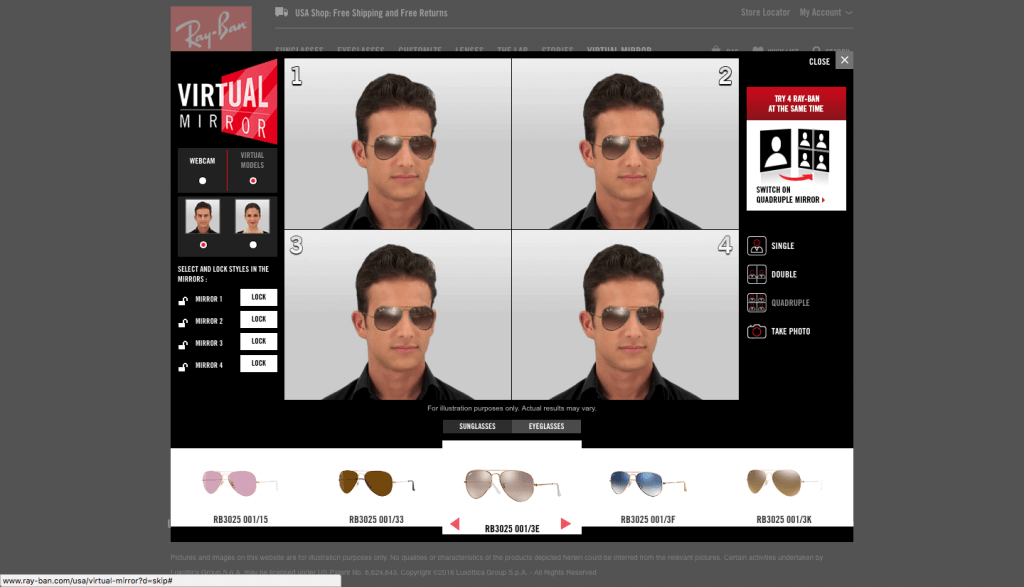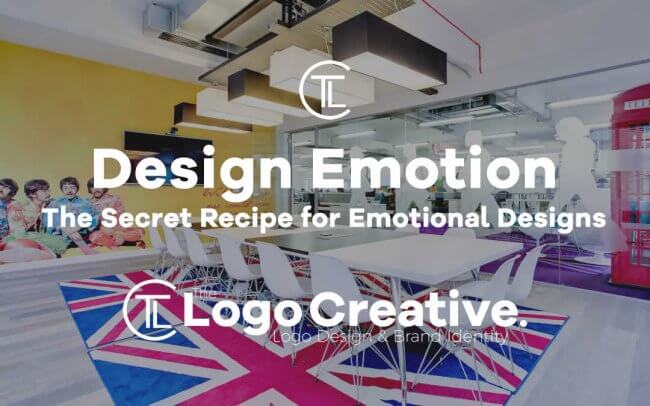Emotions play a significant role in our decision-making. It goes beyond intuition as an emotional state when deciding also contributes to the final verdict given. We let go when we are happy and often get super annoyed over little things when we are already stressed out. Emotions reflect in our behaviors and actions, thus the need to trigger the right emotions.
Emotional appeal is one of the strongest advertising tools across industries. We are made to feel happy, sad, angry, empathetic, and excited to instigate the desired action. For example, watching young children sleep on the roads during winters stimulates you to donate blankets and warm clothes. Seeing friends climb mountains after having a drink gets you excited to be on the roads with your clan.
Companies are yet to fully realize the potential and need for triggering the right emotions via design. The process of engaging customers should start from the initial interaction with the brand via websites and apps, instead of advertisements only.
‘The only way to change someone’s mind is to connect with them from the heart’ – Rasheed Ogunlaru, Life Coach, Speaker, and Author
Table of Contents
Identify the Emotions to Trigger
Every company wants its customers to feel certain emotions that lead to the necessary action. For example, a wedding planning company wants people to feel happy and nostalgic. An orphanage wants people to feel empathetic and responsible for the society. A law firm that supports rape victims wants people to feel angry and furious about the crime.
The key to emotional design is knowing which emotions to trigger. It will lead to your color scheme, layouts, and other aspects of design. Brand Storytelling is key to creating these emotional triggers so have a strategy how you will communicate your brand’s story to your customers.
Engage Users in Some Activity
Traditional advertisements are effective in triggering emotions, but lack interaction with the customers. You feel happy for the little girl as she gains back her sight with the new technology and connects with her struggle shown in the advertisement. However, you don’t form a bond with the girl.
Similar concepts can be replicated in digital formats and your brands digital footprints, such as on websites, with direct involvement with the customer. For example, you can let people leave a message for the blind girl or provide a platform to ask questions from the doctors. You may post pictures of her struggle, so people can scroll through them.
It is important for customers to feel a first-hand experience with the brand. Create designs that make viewers feel as if they’re doing it. For example, instead of showing someone else skiing in snow, just show the skateboard moving as if the person behind the screen is skiing. Makes sense?
This picture makes one feel as if he’s skiing and took the picture while fellow skiers are skiing with him.

This, on the contrary, shows professional skiing. It doesn’t foster a first-hand experience, instead might push away people with no experience, with its professional-looking skier.

However, it varies from business to business. Maybe the company is attracting professional skiers only. Exactly why I suggested to start with a self-analysis of knowing which emotions to trigger.
Help Your Users and Show some Affection
We’re addicted to Facebook, Instagram, Snapchat, and other social media platforms because every time we open the app, it has something new to show. This curiosity makes people keep coming back.
Your website should make people feel special, by rewarding them, either via discounts codes, access to more information, and so on. For example, Netflix has a separate category of suggestions based on the shows one has previously watched and another for new shows. As an avid Netflix user, I love how the first thing I see when I open the app it shows that might interest me. Thanks, Netflix for saving me the trouble!
Similarly, Facebook’s People You May Know fosters an urge to connect with more people that you share mutual friends with. It supports Facebook’s vision of connecting the world and helps users expand their social circle, finding acquaintances easily.
Be Interactive
We connect better with real people than bots. Post pictures of your team members and appreciate their efforts on your digital platforms. This helps viewers know the faces behind the platform and fosters a natural connection with the company. We all know Mark Zuckerberg, Steve Jobs, Bill Gates, and Jeff Bezos. We like hearing their stories.
Post audios, videos, and interactive media, instead of traditional text-based information. Visuals have better retentions and engage the users. A 40-second video has higher chances of being viewed that a paragraph.
Websites are introducing virtual and augmented reality to take the game forward. RayBan lets you choose a pair of glasses and try them on to know how you look, so you don’t have to visit a retail store.

The virtual mirror reduces the reluctance of ordering glasses online, wondering how it will look on you because you already know and decide accordingly.
The competition today is tight, and standing out from competitors requires building a connection with your customers. Are you ready to design for emotions?
Author Bio
Hamas Hassan is a Digital Marketing Executive at Logo Genius, in Washington, DC. He has extensive and diverse experience in designing and marketing. He loves to know and dwell on various aspects related to design innovation, tech, business, and branding.

